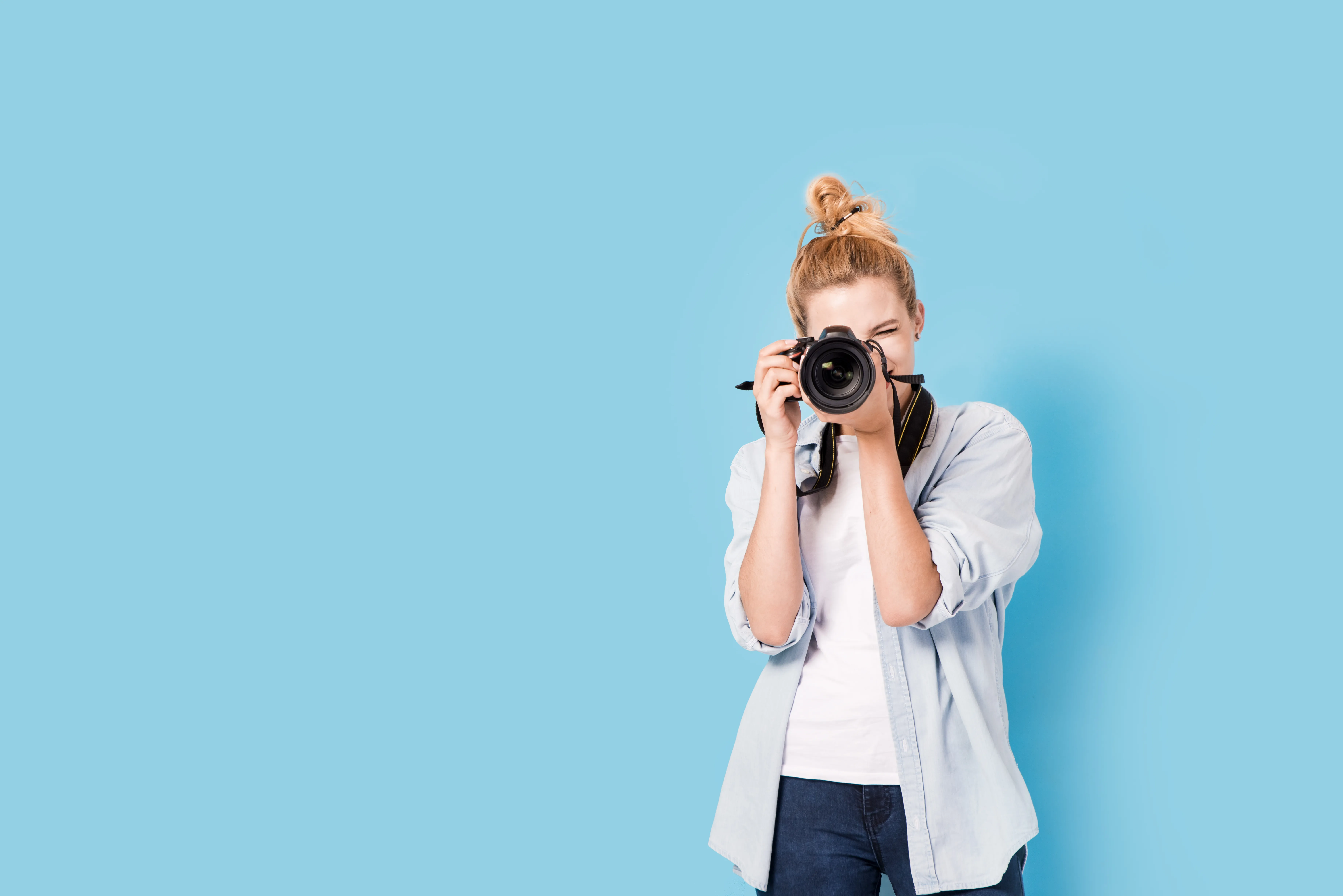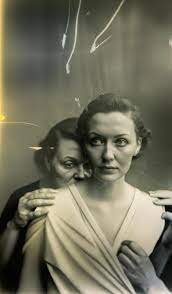The Power of AI in Art and Photography: Blending Creativity and Technology

Earlier this year, the World Photography Organization held a contest for up and coming photographers to submit their work and have a chance to win an award. Boris Eldagsen, a German artist submitted a photo titled The Electrician that depicted two women, where one crouches behind the other. The photo won the contest, but Eldagsen rejected the award. The reason being it was AI generated. In Eldagsen’s own words, he didn’t believe he was worthy of receiving the award because “AI is not photography.” This stood as a historic moment because the power of AI in fields like art was coming to be more respected.

Though this is one notable instance of AI playing a role in art, it is important to note that art and technology have been intertwined for a long time, and push the typical boundaries of human innovation. The emergence of artificial intelligence has presented the world with numerous new possibilities and challenges in fields like photography. In this blog post, we will discuss the power and room for creativity AI provides when coupled with complex art forms.
1. Redefining Creative Boundaries
AI has the ability to go against the general norms of creativity and make unorthodox, and unexpected artistic outputs. When it comes to traditional photography, post-processed editing is really the main way pictures are able to be changed from their original version and be improved. AI operates totally differently, and through its analysis of vast data sets, and assessment of pre-existing images, it can create products that combine both human vision, and computational insights.
2. Enhancing the Creative Process
AI tools can serve to help photographers, and artists in many ways. Many of the machine learning algorithms can assess a large selection of AI images, find patterns within them, and utilize them to produce insights involving composition, lighting, and various other post-processing techniques. By effectively using the tools of AI, artists and photographs can simplify their workflow, reduce the amount of time spent, and come up with new creative possibilities.
3. Collaborative Potential
The idea of AI and artists working together opens the door to many exciting possibilities. As opposed to treating AI solely as programs, artists can turn AI into creative partners, and use them to challenge and add to their existing artistic vision. This collaborative approach doesn’t only enhance the artistic process, but also challenges what we believe authorship to be and what role technology can play in it.
4. Ethical Considerations
When considering AI in forms of art, it is important to take into account all ethical considerations. There are many questions involving privacy, consent, and the potential for bias in regards to algorithmic decision making. Furthermore, there needs to be methods to protect the integrity of AI generated art work and barriers to prevent deceptive recreation.
5. Inspiring New Perspectives
The implementation of AI-generated art has already raised plenty of discussion into new creations and unique combinations of inquiries. Discussion about these possibilities are only on the incline and will broaden our understanding of the creative process. Blending the analytical nature of AI to something like art that relies on human perception can help foster new insights into how both technology and artistic vision coexist harmoniously. This deeper understanding into the visual medium will pave a way for beneficial new perspectives.
To summarize, the convergence of AI and art has created a new world of possibilities. These possibilities go against the traditional ways in which art has been created thus far. Using these tools will enable artists to try and implement some of these new techniques in their own creative process. The collaborative dynamic artists can form with technology can form aesthetic visual narratives that otherwise would not exist.
The usage of AI in creative media can also lead to a more efficient path in business communications. Visuals are a huge aspect of any business presentation, and using AI can dramatically simplify the time in which we take to create such visuals. Timeliness is key when operating in business and beyond pitching cohesive content, the illustrations we choose to depict our information could come at a much quicker pace with AI. Not to mention the algorithmic construction of said illustrations could potentially be better than what we find on the web, thereby opening a whole new channel to professional images.
With time, the field will continue to develop, and in order to effectively implement AI into art, we must consciously be aware of all ethical considerations. All in all, the combination of art and artificial intelligence allows us to challenge our current understanding of how creativity comes to fruition, and assists in transforming what we already know into something more impactful and meaningful for generations to come.
Here at Prezent, we embrace change, and welcome new forms of technology to create the best possible product! Similar to how AI can make it's mark in creative media, we use AI to take your presentation-creation process to the next level! Why not give us a try today and schedule a demo?



.avif)








